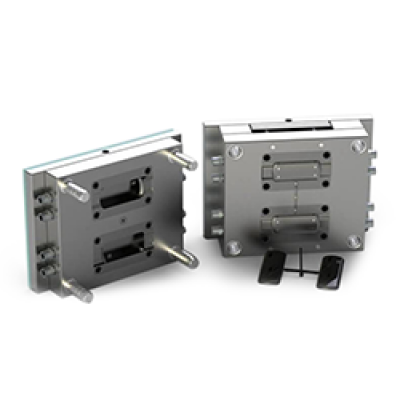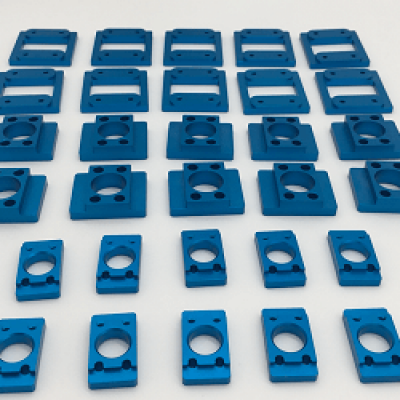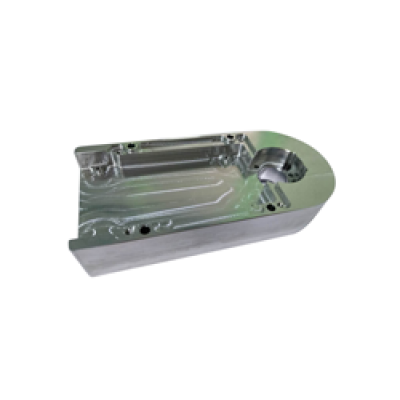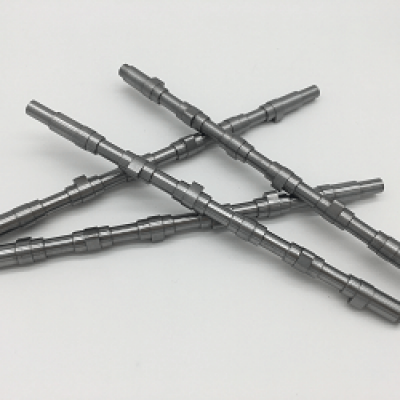Plastic Injection Molding
Process
The thermoplastic injection molding process at Reliable precision
is a standard process involving an aluminum mold with no
heating or cooling lines running through it, which means
cycle times are a bit longer. It allows our molders to
monitor fill pressure, cosmetic concerns, and the basic
quality of the parts.
The plastic injection molding
process is a manufacturing method for producing
plastic
parts. Before the
process begins, an experienced mold maker creates the
mold or tool used to make the part. The mold includes two halves (core and cavity) and contains all the geometry and
features that make up the part
specifications.
Once created, the mold is loaded
into a plastic injection molding machine where the
process is
performed.
A hopper holds
thermoplastic pellets,
which are fed into the barrel of the
machine. Friction between the rotating screw
and barrel
melts the
pellets. Hydraulic or electric toggles close the mold
halves and press them
together with hundreds of tons of pressure.
The rotating screw then advances a preset distance
injecting a prescribed
volume of
the molten
plastic into the mold
cavity under high
pressure (many thousands of PSI). Once the material enters the mold,
it begins to cool and solidify to conform to the shape of the mold. After the material
cools sufficiently,
the mold is opened
automatically and the
part is ejected from the core by a number of ejector
pins.
Material
No reground material is allowed in Reliable precision.
Wintech
rapid always uses brand material for the injection.
Dupot, Bayer, BASF, Sabic as well as lots of material agents
are our long-term partners that we have can provide a
material COC (Certificate of Conformity) as well as a RoHS
report to show proof and guarantee that real resin is used.
We can mold anything from inexpensive commodity resins like
PP, HDPE, and styrene to engineering resins like PC, POM,
nylon, and TPE all the way to ultra-performance materials
like PEEK, polyimide, polysulfone, PPS, and more. And if
your needs include fiberglass-reinforced resins, we can
accommodate those as well.
Color and finishing
The ranges of finishes we can provide are almost limitless.
We routinely polish our tools so that clear parts are truly
transparent and we can take that one more step if
optical-quality clear parts are required. We can also
chemically etch our tools to replicate a wide variety of
textured finishes, including selectively textured parts
where some areas are textured while other areas remain gloss
or matte. As far as colors go, if you provide a color chip,
we can match it in most resins. We can also utilize
overmolding to achieve both functional and cosmetic
improvements.
Our Tolerance
The general tolerance we apply in injection parts is DIN
16901. If you need a tighter tolerance,
We always recommend that you present this information clearly
at the quoting stage and also identify the critical and
assembly dimensions first. Injection material, tooling
structure, and the part’s geometry are impacted on
tolerance.







